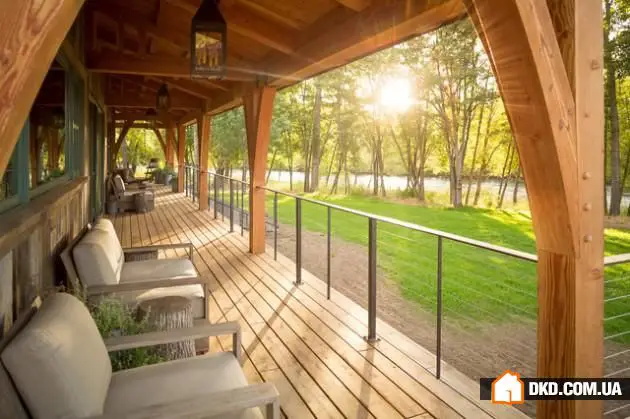There can be your advertisement
300x150
How to Save Energy with Solar Air Collectors
Using solar air collectors in homes and industrial facilities can significantly reduce the consumption of fossil fuels.

Solar air collectors that gather solar energy and transfer it to the air through a temperature difference vary by design features and functionality. The first group includes active solar heating systems, which use so-called active units - solar collectors with heat carrier circulation (air in our case), passive solar heating systems using various structural elements as solar energy receivers, such as black metal mesh, and combined solar heating systems that integrate active and passive solar heating.
By functionality, solar ventilation systems dry the air, solar thermal air collectors heat rooms, multifunctional absorption solar-heat pump systems provide life-supporting functions (dehumidification/ventilation/cooling/heating rooms, heating, industrial and comfort air conditioning), and high-temperature solar collectors used in industry and for steam generation in power plants.

Like any system, solar air collectors have their advantages and disadvantages. These heaters not only reduce heating, electricity, and fuel costs but also eliminate excess humidity that causes mold, mildew, and unpleasant odors, as well as reduce the risk of dry rot.
Modern solar air collectors installed in building roofs or walls function even in areas with low solar activity and cloudy weather. Energy systems composed of polymer materials are lightweight for transportation, do not require precise, high-tech installation procedures, and do not need complex repairs (they lack moving parts except for the fan). Additionally, such energy-saving equipment has a short payback period.
Among the drawbacks are large dimensions and expensive solar collector receivers in modern industrial solar collectors - air conditioners. Moreover, buildings with solar greenhouses may overheat in summer.

Today, Ukrainian scientists are attempting to incorporate dehumidifying and evaporative coolers into solar air handling systems, which not only dry the air but also make it cooler. If successful, climate-related limitations for using such energy systems will be removed.
In Ukraine, solar air collectors can be used by small farming enterprises in greenhouses, polytunnels, desalination units, water heaters, wood and fruit-vegetable dryers. Sports and recreational complexes can dehumidify air in pools and heat vacation bases using solar energy. This device can provide heating for museums, churches, warehouses, and residential buildings, garages, and basements.

Experts note that Ukraine has the potential for solar energy, which amounts to about 17 billion kWh annually, enabling an annual savings of approximately 2.5 million tons of conditional fuel.
Notably, over the last ten years, more than 60,000 solar air collectors from European production have been installed worldwide. By the way, solar air collectors have been made in Ukraine that are at least 8 times cheaper than foreign counterparts.
However, craftsmen can significantly save by making such an energy system themselves. In fact, several successful steps have already been made in this direction. For example, in Serbia, a hobbyist and inventor Mladen designed a solar air collector from used beer cans. The power of this extremely cheap and simple design is 1950 W. Within the first 20 minutes, the collector heats air to 50 degrees Celsius. In summer, the energy system delivers 3 cubic meters of warm air per minute, and in cloudy weather or winter, it operates with less efficiency.
More articles:
 Terrace in Rural Style – Dream of Any Beauty and Peace Enthusiast
Terrace in Rural Style – Dream of Any Beauty and Peace Enthusiast 18 Truly Original Ideas for Basement Decoration
18 Truly Original Ideas for Basement Decoration Insulating Floors in Country Houses: 6 Tips from Experts
Insulating Floors in Country Houses: 6 Tips from Experts 10 Modern Interior Design Solutions You Will Love
10 Modern Interior Design Solutions You Will Love 24 original ideas for making Christmas decorations by hand
24 original ideas for making Christmas decorations by hand Modern Loft in Former Sugar Refinery Building in Amsterdam
Modern Loft in Former Sugar Refinery Building in Amsterdam Can't Decide on Bathroom Interior Design? Choose Traditional Style
Can't Decide on Bathroom Interior Design? Choose Traditional Style 10 Cute Ideas for Baby Room Wallpaper Design
10 Cute Ideas for Baby Room Wallpaper Design